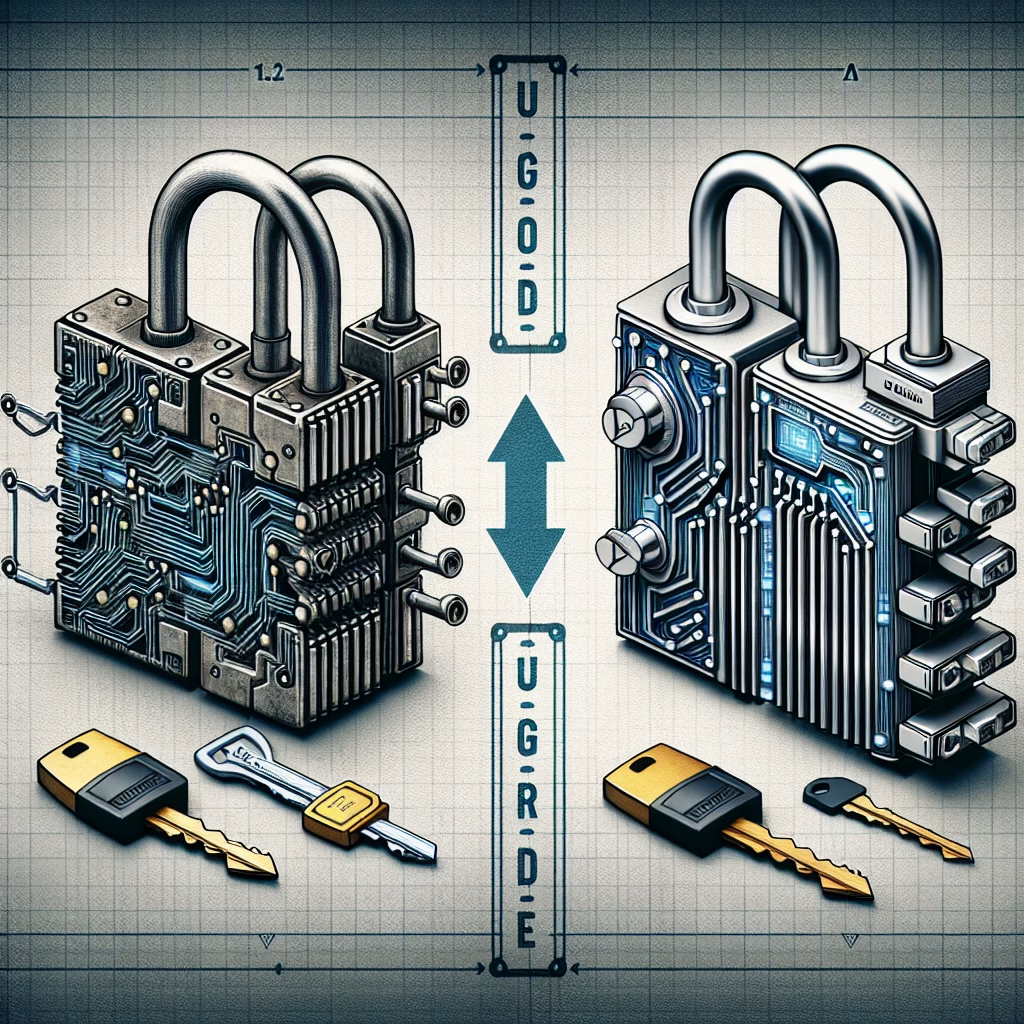BitLocker TPM 1.2 vs 2.0: A Technical Comparison
Summary:
BitLocker, Microsoft’s full-disk encryption technology, relies on the Trusted Platform Module (TPM) to enhance security by storing encryption keys securely. TPM 1.2 and TPM 2.0 differ in cryptographic capabilities, security features, and compatibility. TPM 2.0 supports stronger algorithms (e.g., SHA-256, RSA-2048) and more secure attestation methods, whereas TPM 1.2 uses older standards like SHA-1. Common scenarios triggering TPM issues include hardware changes, firmware updates, or BIOS misconfigurations, which may cause BitLocker recovery prompts or boot failures.
What This Means for You:
- Immediate Impact: If your system uses TPM 1.2, you may face compatibility issues with modern Windows versions, leading to BitLocker recovery mode during updates or hardware changes.
- Data Accessibility & Security: TPM 2.0 offers better protection against brute-force attacks; ensure your system supports it for higher security.
- System Functionality & Recovery: TPM 2.0 systems handle Secure Boot and UEFI firmware more efficiently, reducing recovery key prompts.
- Future Outlook & Prevention Warning: Microsoft is phasing out TPM 1.2 support; upgrade to TPM 2.0-capable hardware for long-term compatibility.
Explained: BitLocker TPM 1.2 vs 2.0
Solution 1: Checking and Updating TPM Firmware
Verify your TPM version via PowerShell: Get-Tpm or run tpm.msc. TPM 2.0 is required for Windows 11 and recommended for Windows 10. If your device supports TPM 2.0 but runs an older version, update the firmware through the manufacturer’s BIOS/UEFI settings.
Solution 2: Managing BitLocker with Different TPM Versions
TPM 1.2 requires a weaker PCR (Platform Configuration Register) profile. To mitigate risks, disable unnecessary PCRs via Group Policy: Computer Configuration > Administrative Templates > Windows Components > BitLocker Drive Encryption > Configure TPM platform validation profile. For TPM 2.0, use the default PCRs (0, 2, 4, 11) for Secure Boot compatibility.
Solution 3: Recovery Key Management
If a TPM-related issue triggers recovery (e.g., after a BIOS update), use the 48-digit recovery key stored in your Microsoft account or Active Directory. In recovery mode, run manage-bde -unlock C: -RecoveryPassword YOUR_KEY to regain access.
Solution 4: Migrating from TPM 1.2 to 2.0
For hardware upgrades, suspend BitLocker first: Suspend-BitLocker -MountPoint "C:". After switching to TPM 2.0, re-enable encryption. Note: Some systems allow in-place firmware upgrades; consult your device manual.
People Also Ask About:
- Can I use BitLocker without TPM? Yes, via Group Policy, but it requires a USB startup key or password.
- Does TPM 2.0 improve performance? No, but it enables stronger encryption algorithms.
- How do I check TPM version in Windows? Use
tpm.mscor PowerShell’sGet-Tpmcommand. - Is TPM 1.2 still secure? It’s acceptable for legacy systems but lacks modern cryptographic defenses.
- Can I downgrade TPM 2.0 to 1.2? No; firmware downgrades are typically unsupported.
Other Resources:
- Microsoft Docs: TPM Overview
- NIST Guidelines: Trusted Computing Group
Suggested Protections:
- Upgrade hardware to TPM 2.0 if possible.
- Back up BitLocker recovery keys to Microsoft Account or Active Directory.
- Regularly update TPM firmware and BIOS/UEFI.
- Audit PCR settings in Group Policy for TPM 1.2 systems.
- Monitor Microsoft’s lifecycle policies for TPM version support.
Expert Opinion:
TPM 2.0 is a foundational requirement for modern security features like Windows Hello and Virtualization-Based Security (VBS). Organizations should prioritize upgrading legacy TPM 1.2 systems to avoid compliance risks and ensure compatibility with future Windows updates.
Related Key Terms:
- BitLocker Encryption
- TPM Firmware Update
- Secure Boot
- UEFI Configuration
- BitLocker Recovery Key
- Platform Configuration Register (PCR)
- SHA-256 Encryption
*Featured image sourced by DallE-3





